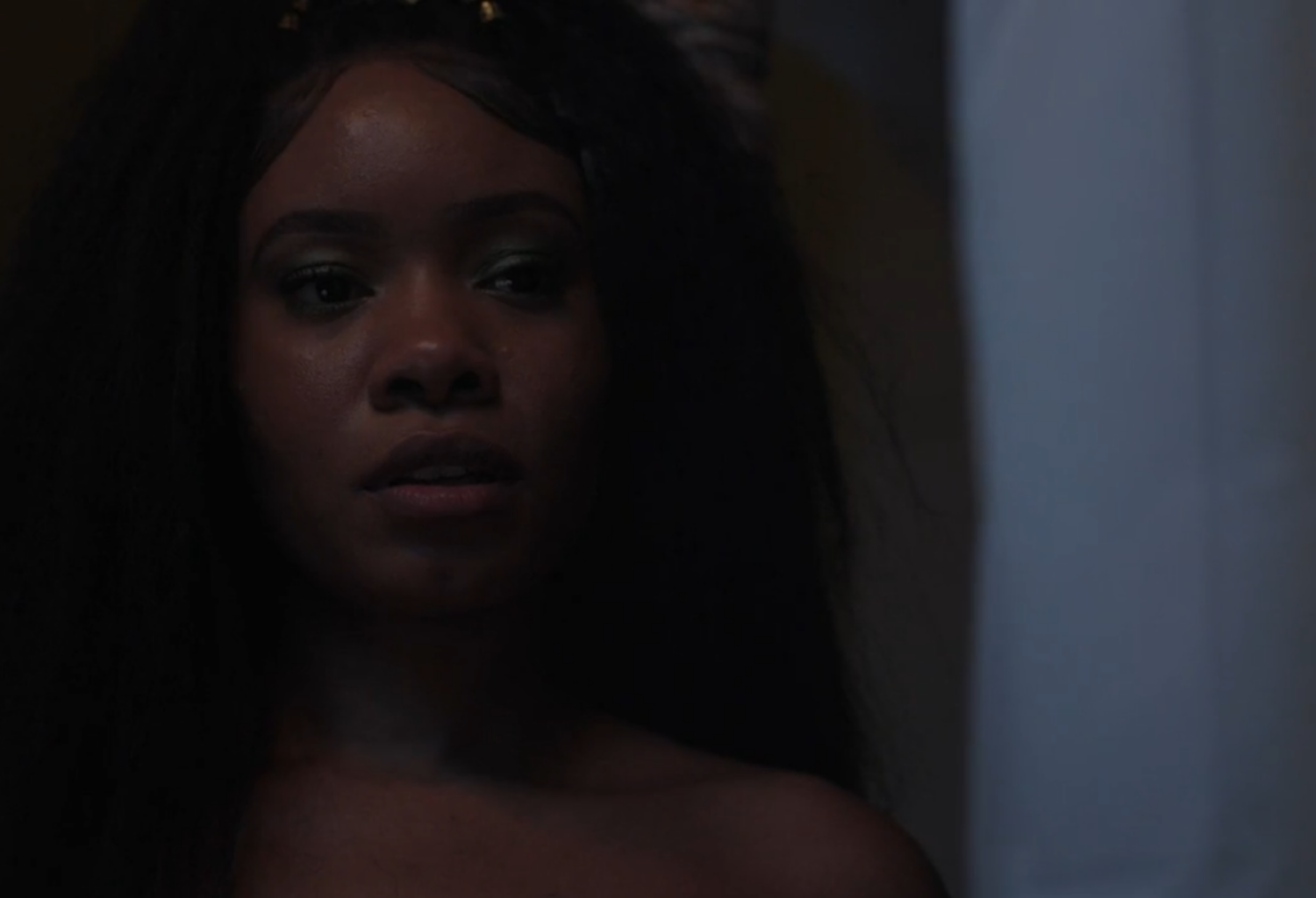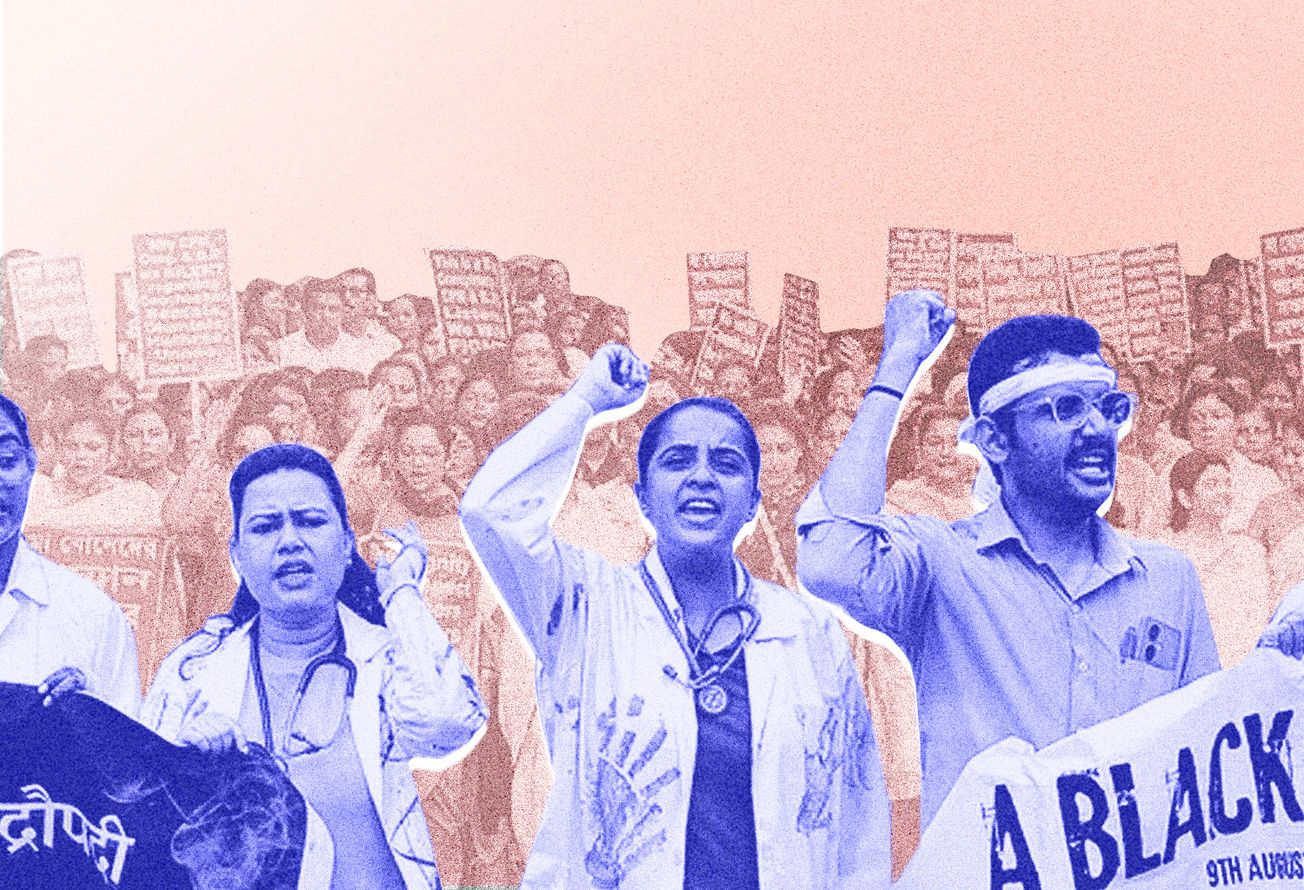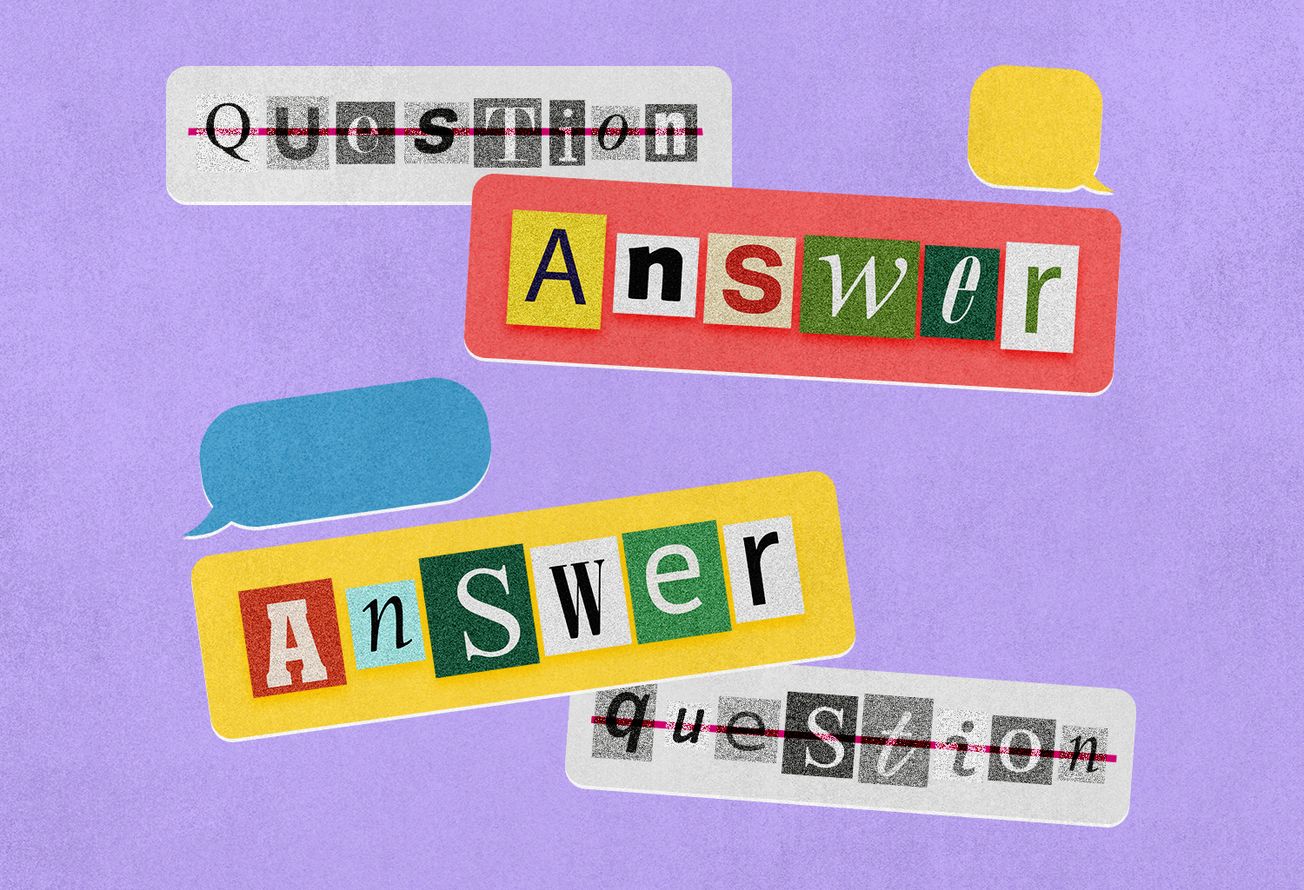Violence, Privilege, and the Rule of Law
Early on in its recent decision relating to Aadhaar, the Supreme Court of India referred to Albert Venn Dicey to explain what constitutes the rule of law. “The essence of rule of law is to preclude arbitrary action,” it said, continuing, “Dicey, who propounded the rule of law, gave distinct meaning to this concept and explained that it was based on three kindered [sic] features, which are as follows: (i) absence of arbitrary powers on the part of authorities; (ii) equality before law; and the (iii) Constitution is part of the ordinary law of the land.”
Dicey, it is worth noting, was a British jurist and constitutional theorist who was born in 1835 and died in 1922. He was a young man at the time of the first Indian war of independence in 1857, he lived through a period in which the glories of Empire were much touted, his era saw the justification of colonialism partly through the myth of the White Man’s Burden which had little effect on the white man beyond enriching him possibly further than his wildest dreams, and he died around the time women began getting the right to vote and to practice law in England.
Dicey was not known to be anything but a man of his time. And although the Indian Supreme Court has also made reference to contemporary theorists, it appears to have based its understanding of the rule of law primarily on the work of a man, who, going by various indications and allowing oneself the liberty of essentialising, thought that British colonialism was a good idea and gender equality was a bad idea. Dicey articulated the idea of the rule of law but failed to critically engage with concerns about who would draft and enforce law: primarily men like himself for their own benefit.
Although the rule of law has much older antecedents than those associated with Dicey, and has at times helped rein in monarchs, for all practical purposes, it has tended to be the voice of the immensely privileged codified in statute and subordinate legislation. It has not necessarily seen law act as a guarantor of equality or fairness, and, indeed, in many cases, it has seen precisely the opposite. In India, we need look no further than laws which once effectively criminalised entire tribes and pushed them into forced labour as cogs in the money-minting imperial machine that was Empire.
There has never been any doubt that the rule of law can create social structures and impart certainty in social relations but it doesn’t follow that such structures should be created or that they are justifiable. After all, the certainty of the rule of law isn’t guaranteed to be the certainty of achieving fair outcomes. Social order is not always social justice.
As a concept, the rule of law was theorised long before women, Carole Pateman in particular, pointed out that the social contract must have been preceded by a sexual contract, even before the social contract was theorised in the form we now recognise it. The propositions of the two contracts, although vastly disparate in time, are closely linked to each other. The social contract which 17th and 18th century theorists, notably John Locke, Thomas Hobbes and Jean-Jacques Rousseau constructed, envisaged men entering into a contract of their own free will to create order from the chaos in the state of nature. The rule of law then provided the mechanism with which to implement the social contract to enable the now-legitimate state to demand societal obedience so as to create order.
Women were not left out: they were simply co-opted into the social contract. Although Locke spoke of the ‘person’ in his version of the contract, he also conceived of wives being subservient to their husbands despite having little to support his conception beyond the Bible and contemporary socio-legal norms.
At the time, married women in England were legally subject to coverture which effectively caused them to lose their legal autonomy in lieu of the rather questionable protection of their husbands, as William Blackstone, an English jurist who died in 1780, separately explained, seemingly without once having it occur to him that the protection was questionable and perhaps quite unwanted given the form it could take. Marital assault or chastisement was not usually considered criminal then. Not to mention that coverture usually prevented married women from contracting independently. And, so, there women were, bound to their husbands.
With the support of scriptural prescription, these two contracts, social and sexual, theoretically caused the dominion of men over women by brute force in the state of nature to mutate into the politico-patriarchal right of the Enlightenment which had all the same trappings as the state of nature and which oppressed women. Although it was often couched in the language of needing to ‘protect’ the ‘fair and gentle sex’, men were understood to have a lawful patriarchal right over women, and the state to have a voluntarily-granted paternal right over men who happened to control women. Thus, the rule of law is not an egalitarian concept and its history demonstrates that it not underlain by gender neutrality.
It may be possible to force it into another, less discriminatory mould more mindful of equality and individual rights but that would require recognising our current understanding of the rule of law for what it often is: an idea perpetuated by white men living in sexist societies themselves and forming the theoretical basis for the racial hierarchies which plague all of us today, often with their ideas being used to support economic drain and worse of countries primarily populated by non-white peoples.
Although the legitimacy of the rule of law has, quite rightly, begun to be challenged in the context of colonialism, it is rarely interrogated in other contexts. And despite all that is said about the importance of human dignity and individual autonomy, the rule of law has not yet shed its historical baggage.
In its recent ruling decriminalising consensual homosexual acts, the Supreme Court of India equated divinity and identity, and indicated that an illegitimate ‘rule by law’ was not the same as a legitimate ‘rule of law’. As such, it appears that, although the judiciary is not oblivious to the possibility that the law can be deeply problematic, an appreciation of the concerns attendant to the rule of law has not uniformly seeped into the mechanisms through which the State deals with individuals, much less into informal social interactions.
The Constitution of India promises individuals equality and dignity. However, that promise may well be betrayed by the rule of law if it is not structured to avert violence induced by such facets of one’s identity as gender, sex, and sexual orientation.
The rule of law doesn’t architect for violence but neither does it always safeguard against it.
Whatever comes next, if the promise of the Constitution is to be upheld, it is imperative that legal processes be devised keeping the most vulnerable in mind and ensuring that they are not sidelined or marginalised.
Violence is unlikely to be eradicated in our own time but it can be contained, and it is legitimate to ask that the rule of law be structured to protect the most vulnerable amongst us. The most vulnerable are not just those who are poor but anyone who lacks the privilege of power which is, of course, most of us and women, upper class or not, in particular. After all, privilege is always relative, and persons who are abused invariably have less privilege than their abusers.
If the rule of law is not structured to address the concerns of those with comparatively less privilege, its adoption would too often merely result in access to law and not in access to justice. And mere access to law will not necessarily result in abusive people being held accountable, not if the rule of law is designed by them and those sympathetic to them in a manner which makes it all but impossible to secure an outcome which so much as appears just.
Due process is important for the certainty it involves but it is critical to ask what else and who else it involves before suggesting that an abused person set legal mechanisms into motion, which, they may then be unable to control.
This article has been written by Nandita Saikia, a lawyer
This piece was first published on Smashboard’s Medium account on 2nd November, 2018










